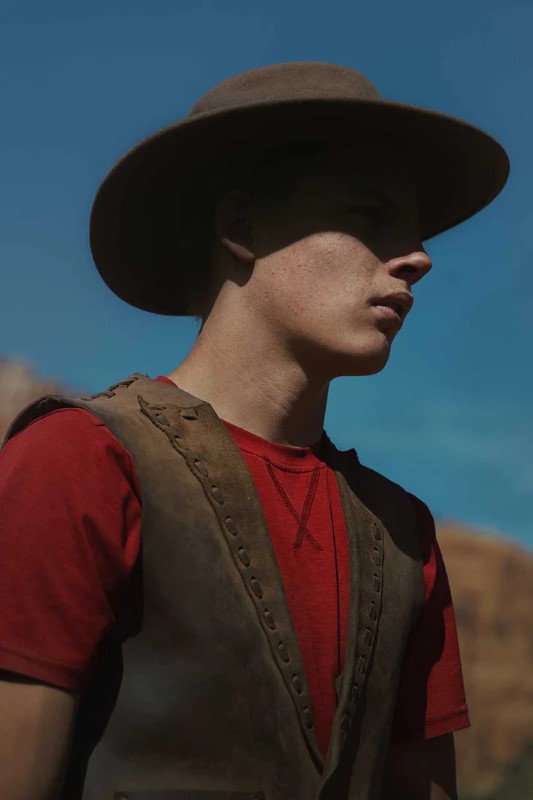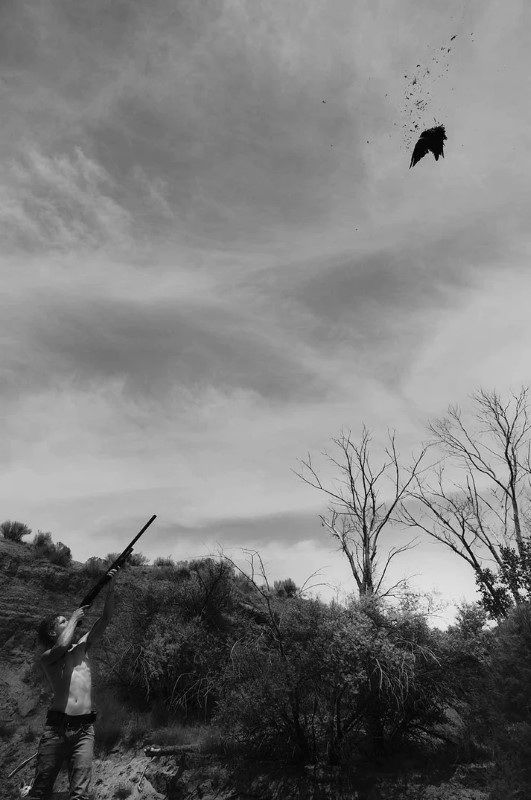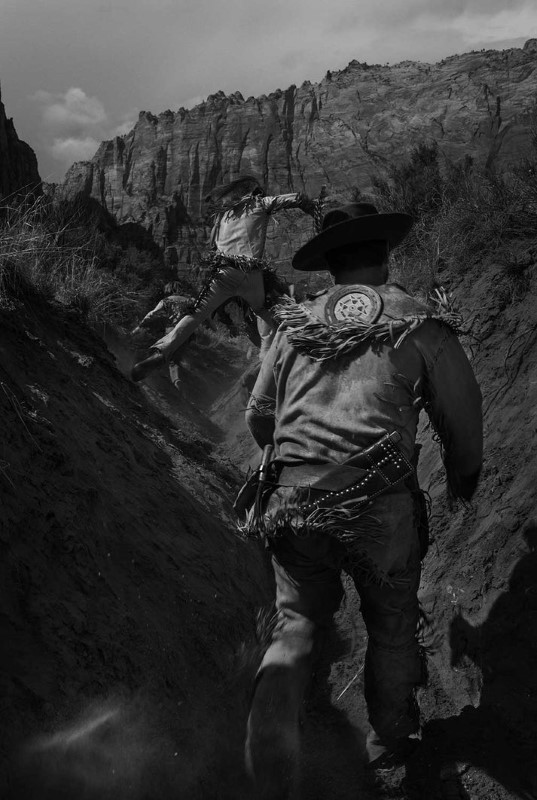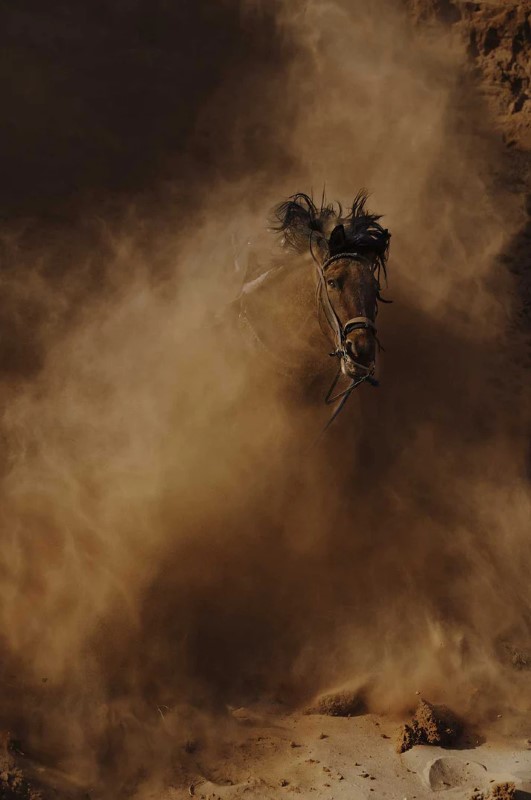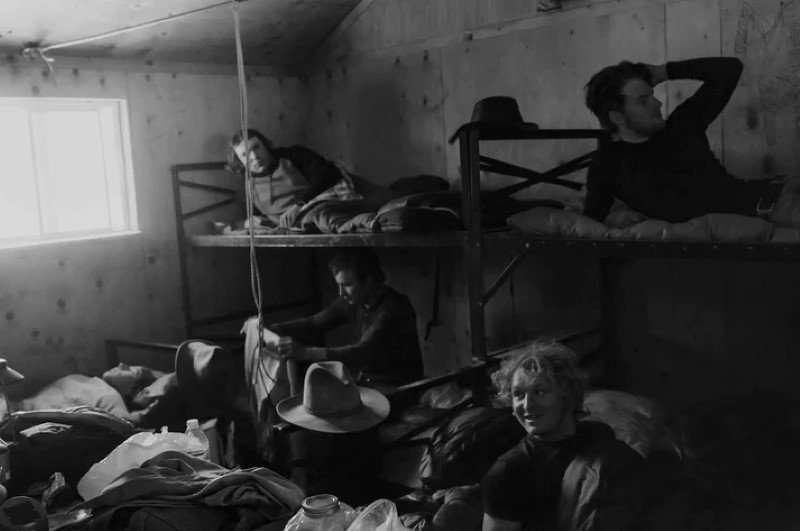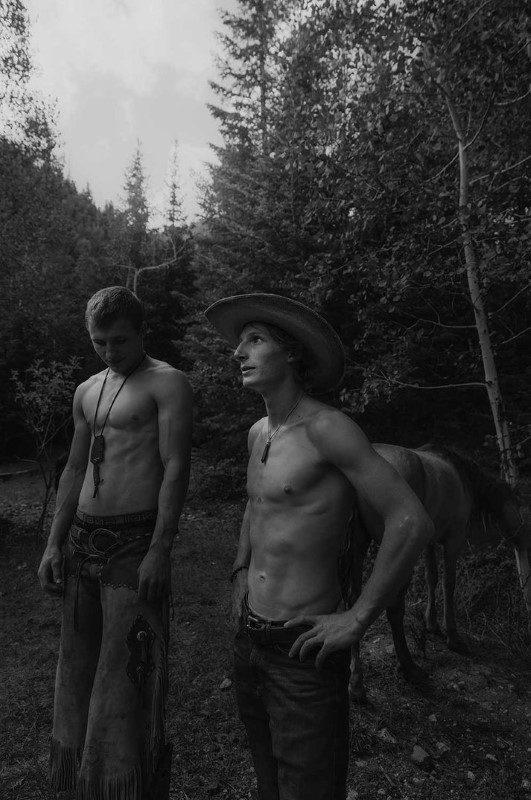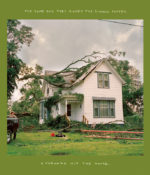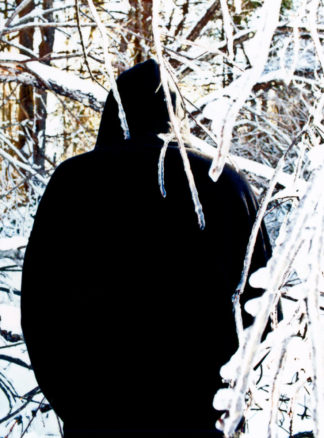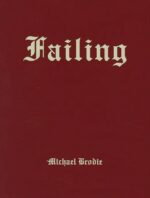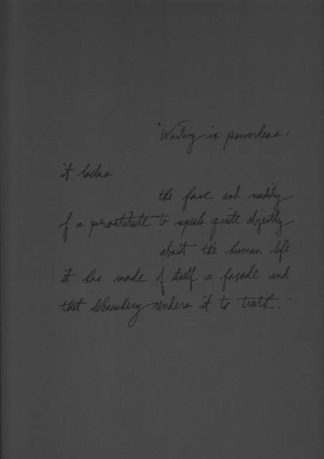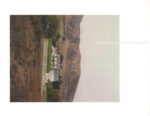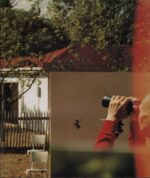Telle est la puissance de la terre représentée dans ces photographies, avec les pins frappés par la foudre et les souches tronquées et les rivières rouges, où les spires de roche et les spires de pierre et d’eau et d’arbres jettent une beauté furieuse et déferlante. C’est ce que Jim Mangan a capturé dans ces photos des garçons qui changent et de leur monde qui change. — Judith Freeman
Such is the power of the land depicted in these photographs, with the lightning-struck pines and truncated stumps and the rivers running red, where the whorls of rock and the whorls of stone and water and trees cast a furious, surging beauty. That is what Jim Mangan has captured in these pictures of both the changing boys and their changing world. —Judith Freeman
Le photographe américain Jim Mangan a commencé The Crick comme une étude photographique de l’architecture peu orthodoxe des maisons de l’église fondamentaliste de Jésus-Christ des saints des derniers jours (FLDS) dans la ville frontalière Utah-Arizona de Short Creek. Il a découvert que la plus grande histoire se trouvait dans un groupe d’adolescents naviguant dans leur communauté en désintégration, fracturé après que le chef Warren Jeffs ait été emprisonné en 2011. Ces sujets étaient des enfants au moment des retombées, qui sont restés avec leurs familles à Short Creek alors que d’autres ont choisi de quitter la ville.
The Crick est une méditation sur la succession religieuse, les systèmes patriarcaux, le zèle et la fraternité dans la vie construite par ces jeunes hommes. Les images de Mangan transportent le lecteur dans une réalité alternative de la fabrication des garçons, où ils explorent à cheval le terrain accidenté du sud de l’Utah, du nord de l’Arizona et du sud du Nevada, imitant les explorateurs d’antan de la frontière occidentale. Son « approche écologique et sociologique » de cette série, qui s’étend sur cinq ans, dépeint le jeu de la jeunesse contre le paysage capricieux de l’Ouest américain. Dans leur monde réel et imaginaire, ces sujets ont acquis une connaissance et une proximité de la nature qui ont été largement perdues dans les conventions de la vie moderne ; texte de Judith Freeman, prose de Roman Bateman.
American photographer Jim Mangan began The Crick as a photographic survey of the unorthodox architecture of Fundamentalist Church of Jesus Christ of Latter-Day Saints (FLDS) houses in the Utah-Arizona border town of Short Creek. He soon found that the bigger story lay in a group of teenage boys navigating their disintegrating community, fractured after leader Warren Jeffs was imprisoned in 2011. These subjects were children at the time of the fallout, who remained with their families in Short Creek as others elected to leave the town altogether.
The Crick is a meditation on religious succession, patriarchal systems, zealotry and fraternity in the life built by these young men. Mangan’s pictures transport the reader into an alternate reality of the boys’ making: where they explore the rugged terrain of southern Utah, northern Arizona and southern Nevada on horseback, emulating old-time explorers of the Western frontier. His “ecological and sociological approach” to this series, spanning five years, depicts the playfulness of youth against the capricious landscape of the American West. In both their real and imaginary worlds, these subjects have gained a knowledge of and closeness to nature that has largely been lost in the conventions of modern life ; text by Judith Freeman, prose by Roman Bateman.


